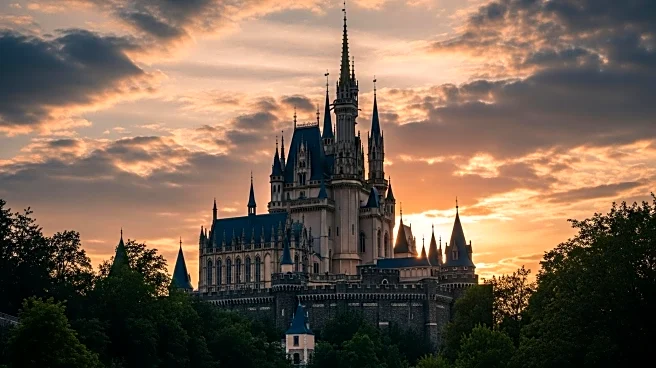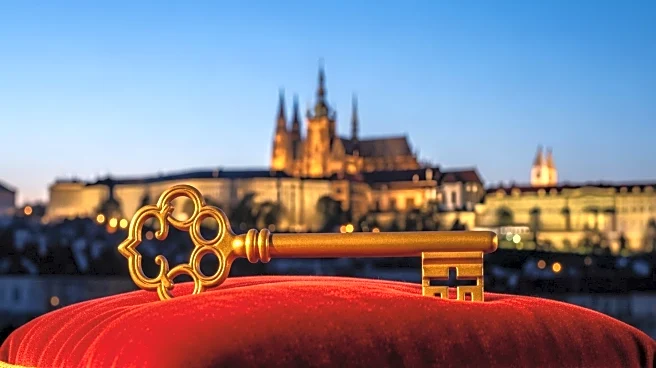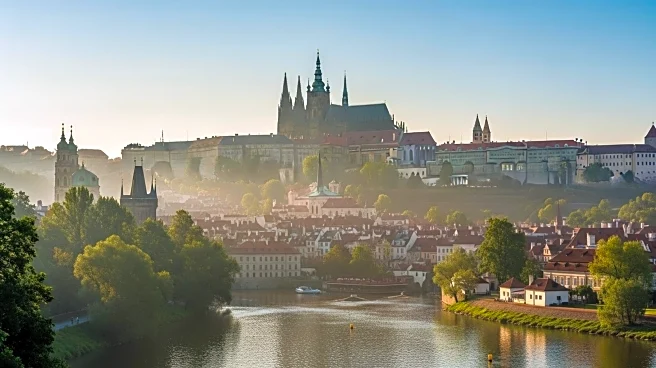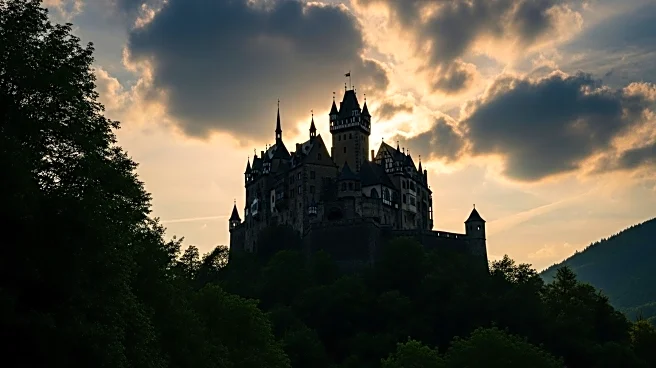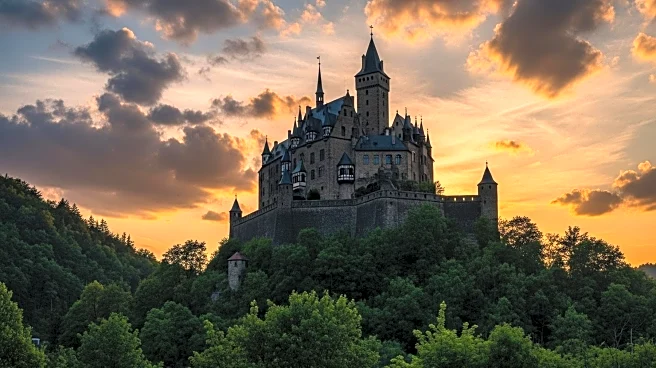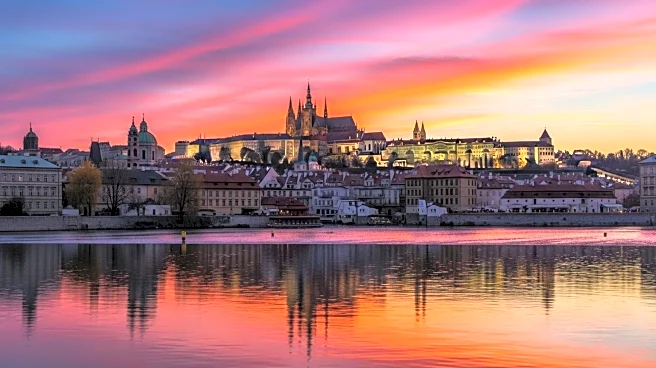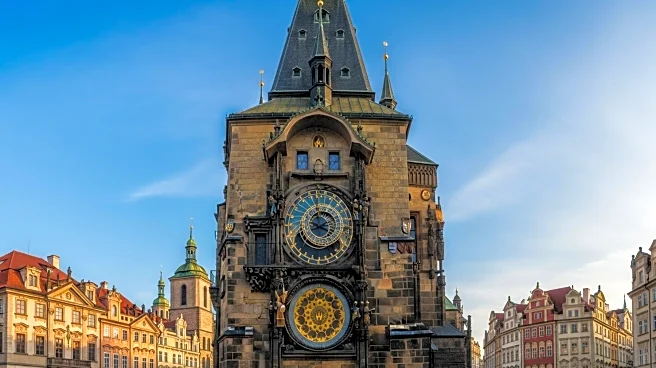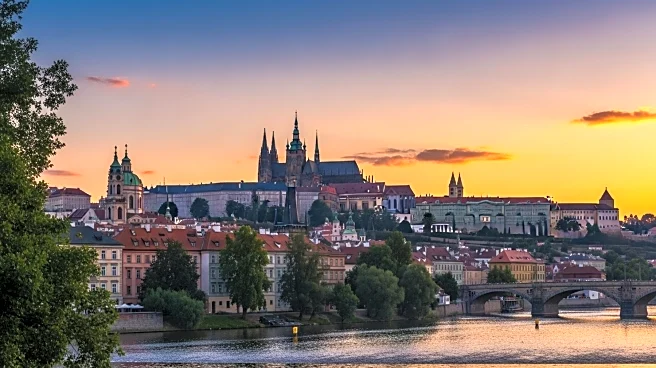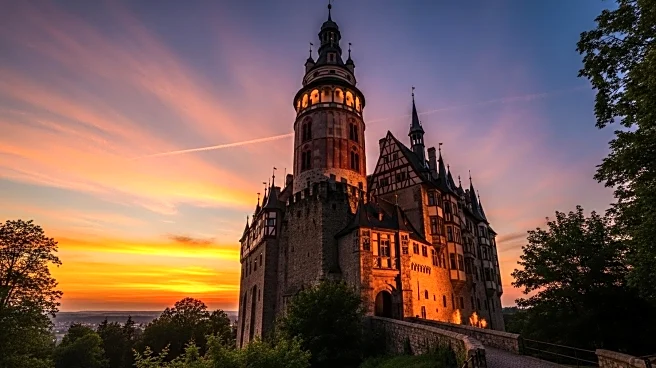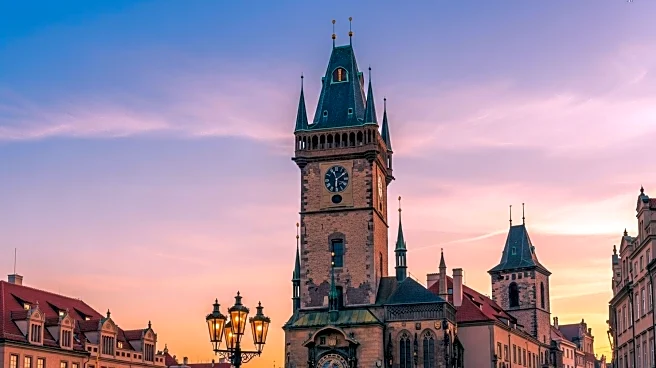Prague Castle, a monumental complex in Prague, Czech Republic, stands as a testament to centuries of political and cultural history. Built in the 9th century, it has served as the seat of power for Bohemian kings, Holy Roman emperors, and Czech presidents. Its architectural grandeur and historical significance make it a symbol of resilience and continuity. The castle's legacy is not only in its physical structure but also in its role as a center of governance and cultural heritage.
Scope of Legacy
Prague Castle's legacy is vast, encompassing political, cultural, and architectural dimensions. As the official residence of the Czech president, it continues to be a focal point of national governance. Historically, it was the seat of power for Bohemian kings and Holy Roman emperors, reflecting its importance in European politics. Architecturally, the castle showcases styles from Baroque to Mannerism, representing the evolution of design over centuries.
Pivotal Contributions
The castle has contributed significantly to the cultural and political landscape of the Czech Republic. It has been a site of major historical events, including the proclamation of Bohemia and Moravia as a German protectorate by Hitler in 1939. The construction of St. Vitus Cathedral within the castle complex, beginning in 1344, marked a pivotal moment in Gothic architecture. These contributions underscore the castle's role in shaping national identity.
Enduring Influence
Prague Castle's influence extends beyond its historical role; it is a symbol of Czech sovereignty and cultural heritage. Its inclusion in the UNESCO World Heritage list in 1992 highlights its global significance. The castle attracts millions of visitors annually, serving as a cultural and tourist hub. Its enduring influence is evident in its continued use as a political center and its impact on Czech tourism.
U.S. Relevance
For U.S. audiences, Prague Castle represents a connection to European history and architecture. Its role in significant historical events, such as World War II, provides insights into global political dynamics. The castle's architectural styles offer a glimpse into European design evolution, enriching the understanding of cultural heritage. Its status as a tourist destination makes it a point of interest for American travelers seeking historical and cultural experiences.
 Discover Daily • 9 min read
Discover Daily • 9 min read 